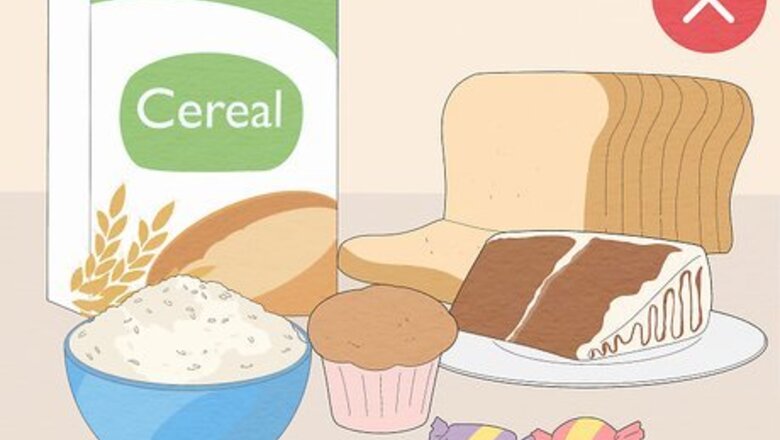
views
Modifying Your Diet
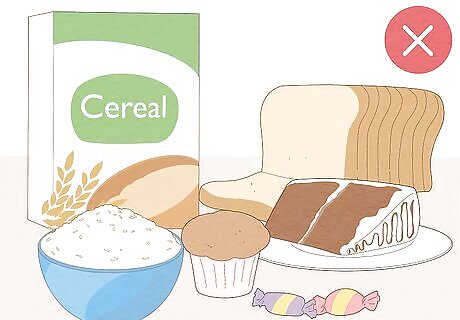
Cut out refined sugars from your diet completely. A big part of becoming fat adapted is replacing glucose with ketones. Ketones are used for energy when your body can’t turn glucose (sugar) into energy. To reduce the amount of sugar in your diet, aim to cut out the following foods: Bread Cake Ice cream Candy Cereal Pasta Rice Most fruits, except berries Fruit juices Sweetened drinks, like soda and iced tea
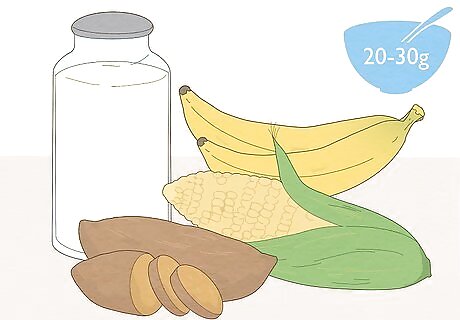
Limit your carbohydrate intake to 20 to 30 grams per day. This might take a bit of time to get used to at the beginning because you’ll need to research and track everything you eat, but over time, it’ll become a habit. Many dairy products, fruits, juices, starchy vegetables, and sweets have lots of carbs in them. Try to limit how many you have each day, and keep track of what you’re eating. If you enjoy alcoholic drinks, try to steer clear of high-calorie and high-sugar drinks. Stick with wine and pure spirits, like whiskey or vodka, if you’re going to imbibe.Tip: Download a calorie tracker that allows you to also track macronutrients. This will help you see how much of your daily diet is coming from carbs, fat, and protein.
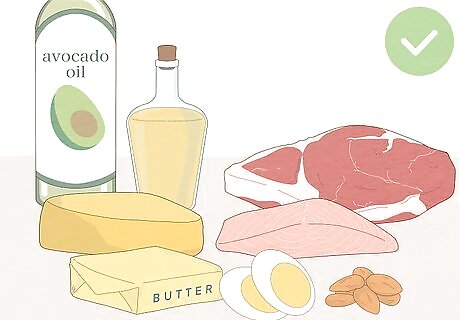
Get 80% of your daily calories from fat. When you eat a low-carb, high-fat diet, your body is forced to use fat for fuel because it doesn’t have any other resources. It makes sense that you’d need to bulk up how much of your diet is comprised of fat! Of course, don’t start eating lots of cakes and cookies to get in your daily fat allotment—focus instead on healthy fats, like these: Egg yolks Healthy oils, like coconut oil or avocado oil High-fat nuts, like almonds or macadamias Olives Fatty fish Avocado Ghee or butter Cheeses, like cheddar cheese or cream cheese Full-fat yogurt Fatty meats, like pepperoni, bacon, and fatty cuts of steak
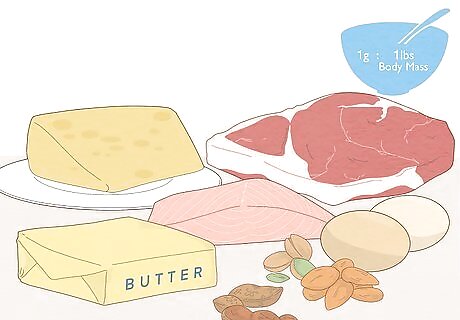
Eat a moderate amount of protein every day. Your protein intake should make up about 15% of your daily caloric intake. In general, to start producing and burning ketones and get to fat adaptation, you should eat a little less than 1 gram of protein per pound of body mass. Visit this keto calculator for help at figuring out your specific daily protein needs: https://www.ruled.me/keto-calculator. Focus on eating these healthy proteins: red meat, salmon, tuna, eggs, butter, cheese, nuts, and seeds, If you lift weights and are interested in building up your muscle mass, you can slightly increase your protein intake to 1 to 1.2 grams per pound of body mass.
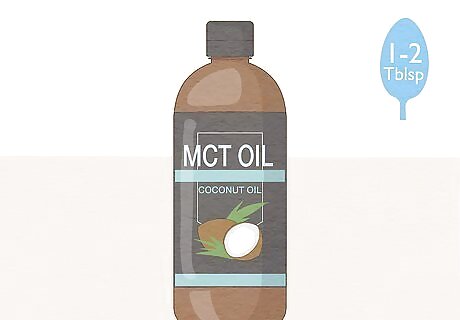
Consider adding MCT oils or powders to your daily diet. MCT oil is medium-chain triglyceride, which essentially means it’s a kind of saturated fat that gets used as fuel. MCT supplements can help increase your ketone levels, reduce your appetite, and fuel your workouts. You can buy it online or at your local vitamin shop. Experts recommend you use 1 to 2 tablespoons (15 to 30 mL) of MCT oil or powder on days when you need some extra energy, like for that big meeting or workout you have planned.

Add more protein and calories to your diet on days you exercise. Fuel up beforehand with a small meal, like a glass of almond milk and a handful of nuts. Drink water throughout your workout so you don’t get dehydrated. An extra 200 to 300 calories should help fuel your workout efficiently. If you don’t already workout, try incorporating 20 to 30 minutes of exercise to your daily routine. This can really help regulate your blood sugar levels and help your body adjust to your new way of eating.
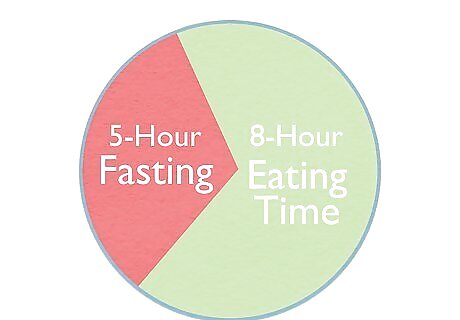
Try intermittent fasting to restrict how often you eat. For example, many people will choose to fast from 7:30 pm to 11:30 am the following day, leaving just 8 hours during the day when they’ll actually eat. You could be even more restrictive and fast from 5 pm to noon the next day, leaving 5 hours per day to eat. This type of fasting can help you stop overeating and can also jog your body to start using stored fats for fuel since it isn’t getting fuel through your food consumption. If you struggle with low-blood sugar or have other dietary needs that necessitate you eat more often (like if you’re pregnant or breastfeeding), this may not be the safest option for you. Check with your doctor first.
Reading Signs of Fat Adaptation
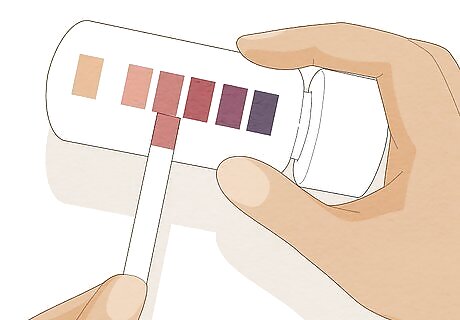
Have bloodwork done to check your ketone levels. While there are lots of ways you can try to read your body to tell if you're in ketosis, and thus becoming fat adapted, the most accurate way is to have a blood test done. Schedule a visit with your doctor or nutritionist for 30 days after you start your new diet. Simply tell them you want your ketone levels checked, and they will run the right tests for you. There are also machines that can read blood from a finger prick so you can test your ketone levels at home.Tip: You can also buy keto sticks or strips. These strips test the amount of ketones present in your urine and let you know if you’re on the right track or not. During the first few weeks, keep in mind that your ketone levels may show much higher than they actually are since your body is excreting more of them since it doesn’t know to use them for fuel yet. After 4 to 8 weeks, the readings should be pretty accurate.

Pay attention to your energy levels and mental clarity. After the first few weeks of eating a low-carb, high-fat diet, you should notice that you have a lot more energy. It will be easier to wake up in the morning, you shouldn’t experience that mid-afternoon slump, and your brain should be working a little quicker than you’re used to. If you don’t feel this way immediately, that’s okay! It takes a little while for your body to adjust. During the first few weeks, you may experience some withdrawal cravings, especially if your diet was previously heavy in carbs and sugar.
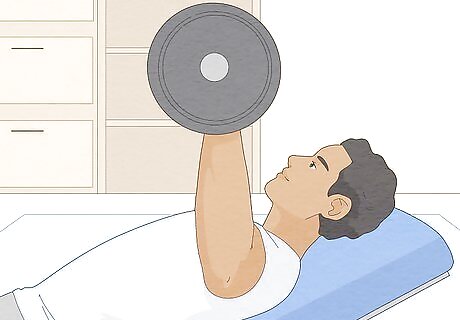
Keep track of your workouts to see if your endurance is increasing. Another sign of fat adaptation is that your time spent working out should feel a little easier. Perhaps you can exercise for longer or can increase the amount of weight you’re lifting. Lean into this change and increase the frequency and level of your workouts so you can keep challenging yourself. Even if you don’t work out regularly, you should still notice some positive changes. For example, walking up a flight of stairs should feel a little easier and leave you less winded than it did before.
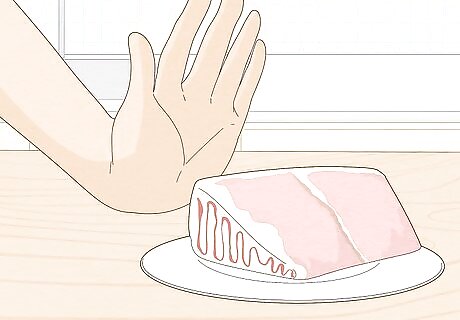
Embrace a loss of carb cravings. Those first few days and weeks of cutting out carbs might feel really hard, but after the first 30 days, you’ll notice that your body is no longer craving that kind of fuel. You’ll probably start craving protein and fat instead, and this is a great sign! It means your body is learning that its fuel is coming from fat instead of from sugar. Try really hard to follow your low-carb, high-fat diet as closely as you can for the first few months. If you make a mistake and have a carb-heavy meal, it’s totally okay. Just pick yourself up at the next meal and get back on track.

Track how often you feel the need to have a snack. In addition to not craving carbs, chances are you’ll be able to go longer between meals and snacks. You may not even notice that is has been a few hours since you last ate! To track this, keep a log of the times at which you eat all your meals and snacks for 30 days. You should see a positive trend at the end of that time. Another bonus of becoming fat adapted is that you won’t experience that sluggish or sleepy feeling after you eat a meal. Your body won’t be working as hard to digest a lot of carbs and sugar.

Have your blood pressure checked to see if it is going down. If your blood pressure was already in a normal range, this might not be as noticeable. But if you were struggling with higher blood pressure, you will notice that it is getting lower the more time you spend in a fat adapted state. If you’re on medication for high blood pressure, check with your doctor before stopping taking a prescribed medication.




















Comments
0 comment